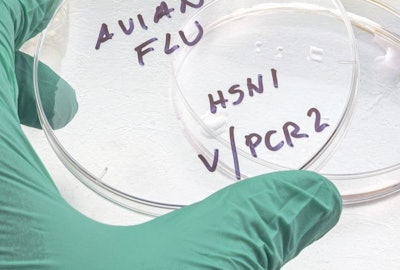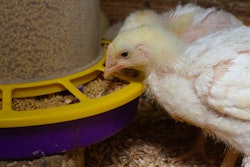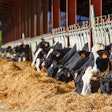
Did COVID-19 come from bats or from a laboratory spillover? I cannot remember if a definitive conclusion was ever reached, but I certainly do remember the ever-rising death tolls during the pandemic, the disruption, and changes to everyday behavior. I am also very aware of how quickly we forget, and how lessons learned are so very quicky unlearned.
I also remember, early on in the pandemic, of being accused of being overly pessimistic as friends dismissed the pandemic after only a few weeks as being over and headed out to enjoy mingling in public places. Little did they realize that the COVID restrictions were only just starting or the problems that lay ahead.
The refusal to believe what experts say makes the latest warnings from the World Health Organization (WHO) all the more worrying. Concern has grown sufficiently around avian influenza (AI) H5N1 that WHO has made its concerns public and warned that we are not prepared for the challenges that may lay ahead.
WHO Chief Scientific Officer Jeremy Farrar has said that the scientific community’s great concern is that given that H5N1 is increasingly infecting mammals it is evolving and developing the ability to infect humans. To date, there has been no human-to human transmission, but where H5N1 has infected humans, the mortality rate has been extremely high.
Growing list of mammals infected
At the start of April, there were official reports of a person in the U.S. having contracted the virus after exposure to dairy cattle.
While reports of marine mammals washing up on South American beaches may be distressing, humans tend to have very little contact with these animals. The situation with dairy cattle is very different, and while it was known that pigs could be infected by the virus, and obviously poultry, it had not previously been detected in cattle.
We should all know by now that the more species that a virus infects, the greater the chances that it will be able to infect humans. When it infects farm animals, as opposed to wild animals, human and animal interaction is, obviously, greater.
Little surprise, perhaps, that Farrar, with regard to virus emerging in dairy cows, has urged further close monitoring and investigation by U.S. public health officials, warning that the virus could evolve to transmitting in different ways.
He raised the questions of whether milking structures create aerosols, and the role of the environment in which cows are kept. He also questioned whether the transport of is spreading the virus.
He added that the appearance H5N1 was of huge concern and that should human-to-human transmission occur, the world must be in a position to immediately respond with equitable access to vaccines, therapeutics and diagnostics.
Influenza will cause the next pandemic
Separate to the WHO warning, a yet-to-be-published international survey will reveal that 57% of senior disease experts believe a strain of the influenza virus will be the cause of the next pandemic.
The author of the report detailing the survey’s findings points out that influenza appears each winter and that the outbreaks could be described as little pandemics. They are, more or less, controlled due to the various strains not being virulent enough to result in a large-scale pandemic – but this may not necessarily last forever.
Forewarned should be forearmed
While we have all been forgetting about wearing face masks in public or using alcohol gel, WHO has been updating the language it uses to describe airborne pathogens in a bid to increase international cooperation in the event of a new pandemic.
Farrar has warned that given the potential H5N1 public health risk, vaccine development is not where it needs to be. Even if it were, wards of dying patients, lockdowns and logistical nightmares simply don’t bear thinking about.


















